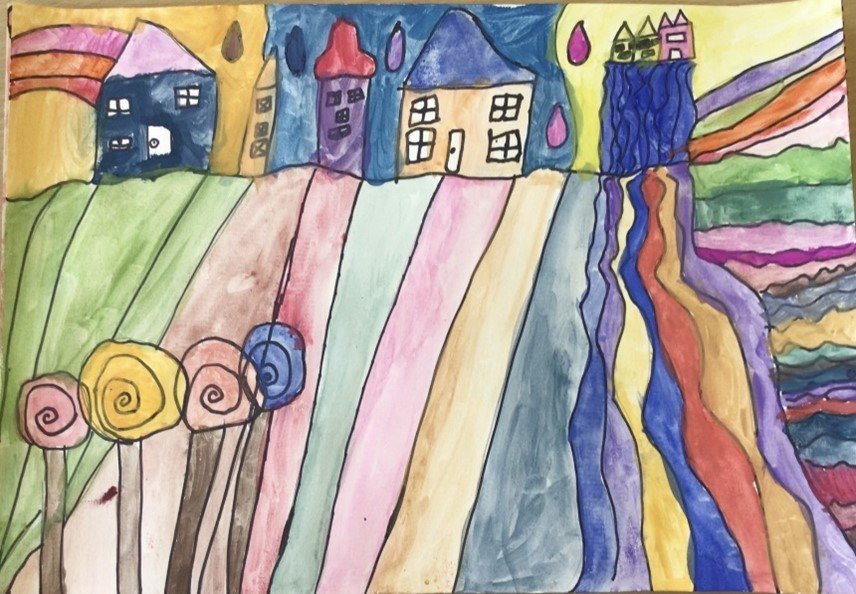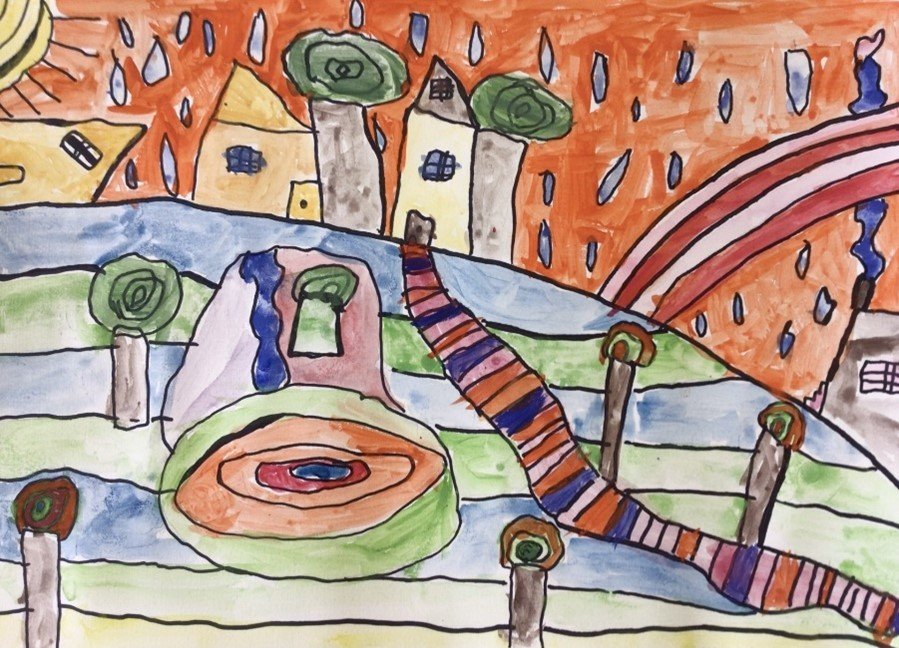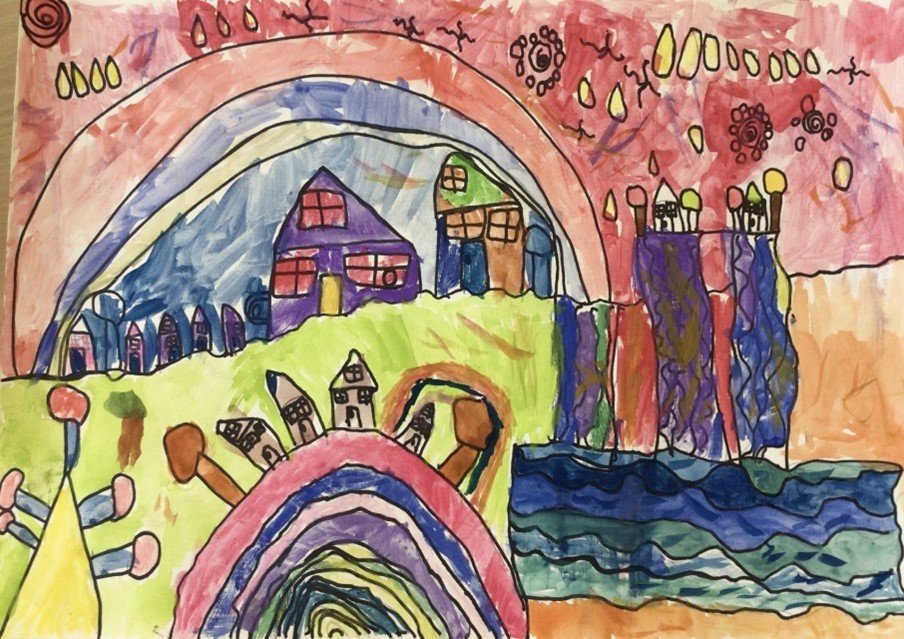Art
STATEMENT OF INTENT
At Sylvester Primary Academy it is our intent for Art, craft and design to embody some of the highest forms of creativity. Our high-quality art and design curriculum will engage, inspire and challenge pupils, equipping them with the knowledge and skills to experiment, invent and create their own works of art, craft and design. As pupils progress, they will be able to think critically and develop a more rigorous understanding of art and design. We will ensure that in addition, they will also know how art and design both reflect and shape our history, and contribute to the culture, creativity and wealth of our nation.
HOW WE TEACH ART
At Sylvester Primary Academy, Art & Design is taught in accordance with the Art & Design Programmes of Study as set out in the National Curriculum for Key Stages 1 and 2 via the KAPOW Art & Design scheme of work.
At Sylvester, Art & Design is taught as a subject in its own right. Children learn key knowledge and skills via discreet Art & Design lessons. Art & Design units of work are taught half termly, alternating with DT. These units of work cover: Drawing, Painting & Mixed Media, Craft & Design and Sculpture & 3D.Integrated in these units are the teaching of varied artists, craft makers, sculptors and designers.
EARLY YEARS FOUNDATION STAGE
The Early Years Foundation Stage enables children to engage with the arts, develop artistic awareness and gives them the ability to respond to culture. In Nursery and Reception, children are taught art skills and art appreciation through the following areas of learning: Expressive Arts & Design, Physical Development and Characteristics of Effective Learning
A foundation of Art & Design knowledge is promoted in our Early Years classes through continuous provision and adult led activities. Whether this is developing our children’s fine motor control in order for them to hold and use mark making tools effectively or learning the names of colours and shades.
ADAPTATIONS FOR SEND IN THE ART AND DESIGN CURRICULUM
At Sylvester Primary Academy we believe that a high quality, inclusive Art curriculum builds and develops self-belief and confidence in children. For children with SEND we understand that it is not appropriate to adopt a one size fits all approach to the teaching of our Art and Design curriculum. Adaptations made are based on children’s individual needs. Teachers carefully plan and prepare lessons in order for them to be effective in enabling children to achieve their specific goals/targets. Here a few examples of adaptations made for Art lessons:
-Pre teach art skills/vocabulary where/when appropriate.
-Avoid unnecessary tasks which could hinder learning the art skill.
-Limit resources so not to overwhelm or use alternative ones if necessary (e.g. sensory need-less messy equipment-play dough instead of clay).
-Consider the size of work to be produced, e.g. work on a smaller/larger scale (visual impairment, stage of motor skills development).
-Art resources can be extremely tempting and distracting, keep them out of the way until the activity time.
-Break the activity up into smaller chunks to make the task manageable
-If child uses pencil grips etc for writing, then use them for sketching too.
-If it is a group activity, consider if this is suitable. Would working individually/ in pairs with a familiar friend be more appropriate?
CURRICULUM ENRICHMENT:
As part of our enrichment rolling programme, we have Art Days in school. Also we currently run an Art Club for children in Years 3 and 4.During this time children develop their art skills and appreciation for art and artists.
Here are a few examples of our art work based on Friedensreich Hundertwasser.









